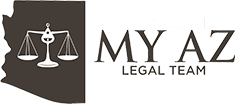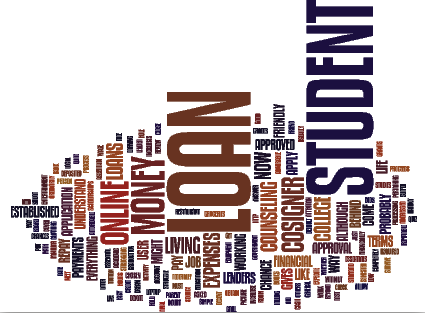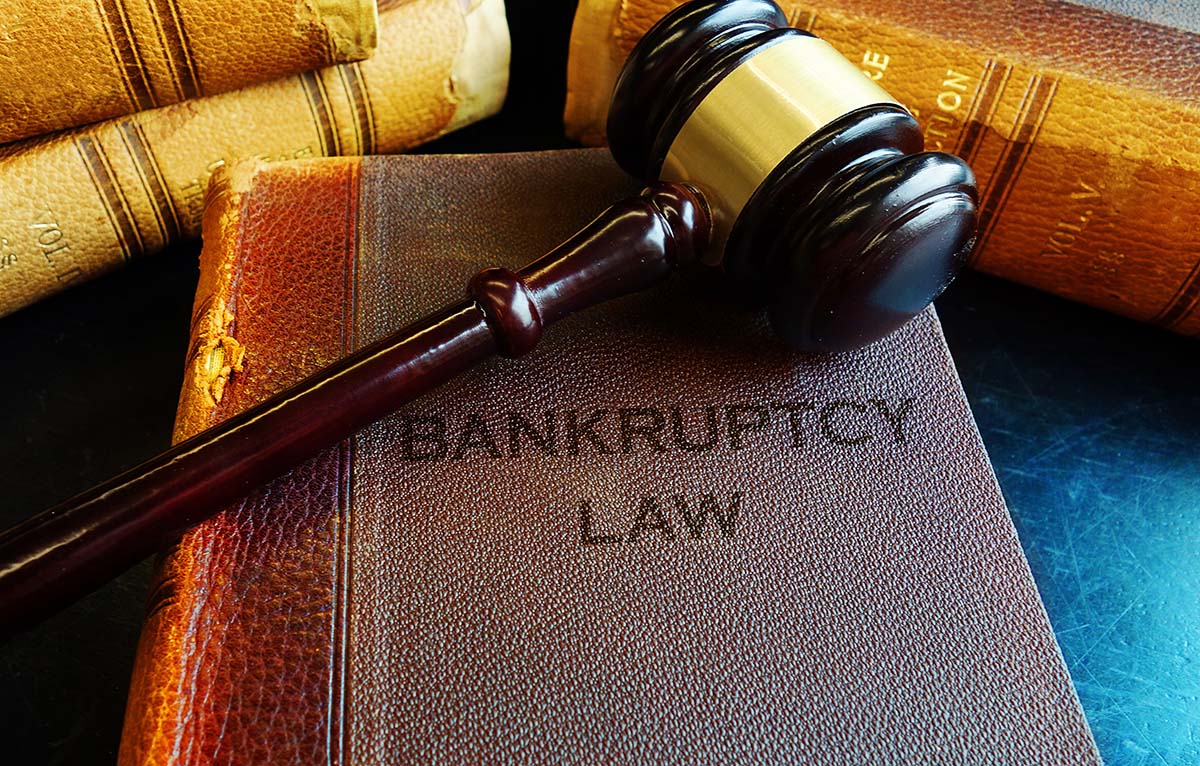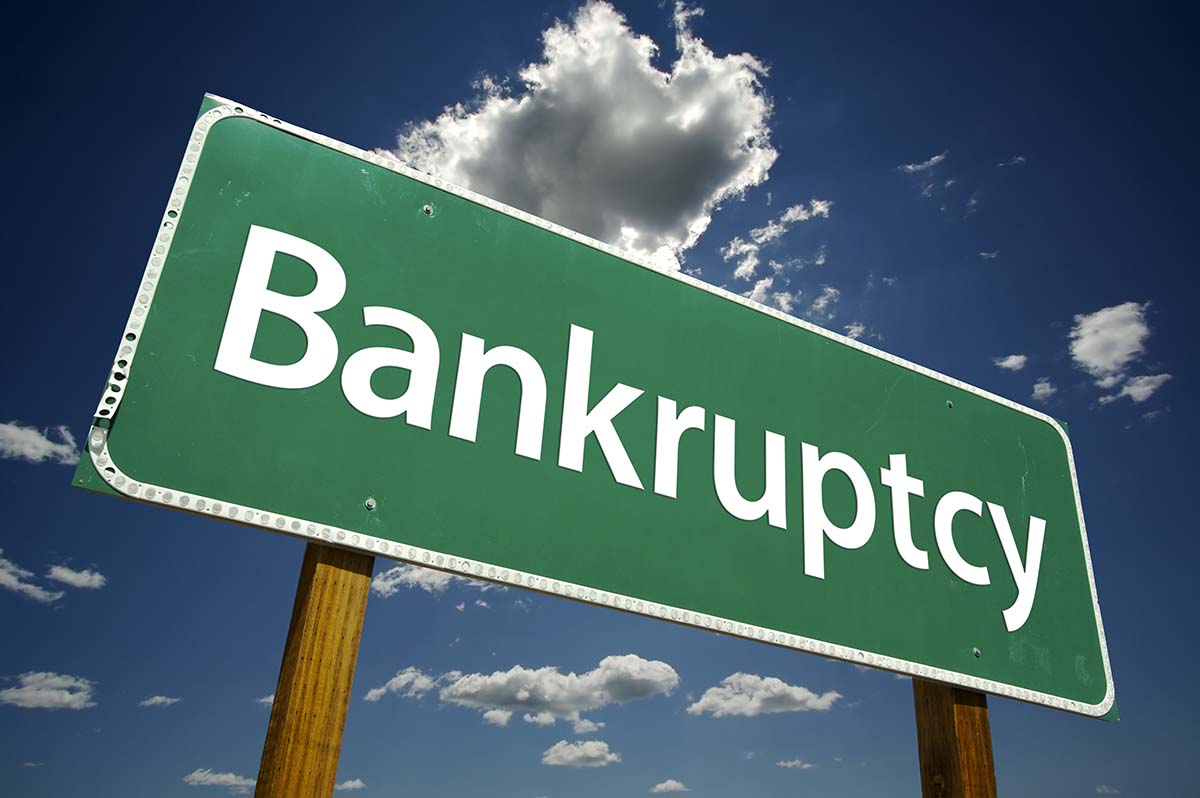What Happens to Cosigners in Bankruptcy?
Getting loans when your finances arena��t in perfect order can be challenging. This is why various financial institutions ask for a cosigner. Cosigners are usually individuals that have solid finances because they are the ones who will be responsible for the loan whenever the debtor cannot make payments.A�So far, so good a�� understanding the role of the cosigner isna��t that difficult. What will happen to Arizona cosigners in bankruptcy filing? Will their responsibilities change in any way and if so, how?
How are Cosigners Treated after a Bankruptcy Filing?
Most people know that bankruptcy is an excellent way to eliminate debt. This is true for Chapter 7 bankruptcy. This type of bankruptcy comes with debt discharge. Unlike a Chapter 7 bankruptcy, a Chapter 13 bankruptcy doesna��t have such provisions. Under a Chapter 13 bankruptcy filing, the debtor will have to repay at least some of the debt over the course of three to five years.
The type of filing will obviously affect the manner in which cosigners are going to be treated.
In the case of a Chapter 7 bankruptcy an automatic stay will come in effect as soon as you file. This means that creditors cannot contact you or try to carry out debt collection efforts.
The problem is that cosigners arena��t protected in the same way during a bankruptcy filing. Thus, creditors may decide to go after the cosigners and demand a payment from them. If you have a cosigner on your unsecured debt, the cosigner will still be responsible for the due credit after the discharge. A cosigner is also going to be responsible for a secured loan after the filing. Even if you surrender the collateral, the cosigner will have to cover any remaining balance.
Because of this fact, ita��s very important to talk to a cosigner before filing bankruptcy. They should be aware of the possible implications and the two of you should come to an agreement about the best way to act while the bankruptcy proceedings are taking place.
Arizonaa��s Chapter 13 bankruptcies are different.
Apart from a few rare exceptions, Chapter 13 bankruptcies offer protection to both debtors and cosigners. The debtor is committing to repay at least a portion of the loan, which is why the conditions of the bankruptcy are different. Collection cannot be pursued as long as the debtor is sticking to the repayment plan designed by the bankruptcy trustee.
Protecting Your Cosigners
In some situations, a bankruptcy would be the best option for you. Even if you opt for Chapter 7 filing, there are things you can do to protect the cosigners.
Reaffirming the debt before the discharge occurs is the first thing to consider. In this case, you give up the benefit of the debt discharge and you become personally liable on the obligation. Thus, you will not be getting serious benefits out of reaffirming debt. If your primary goal is to protect your cosigners, however, this option may work.
 Cosigners and guarantors will be protected if you decide to repay at least a portion of the most pressing debt before the bankruptcy filing. While Chapter 7 bankruptcies are aimed at debt discharge, you are still entitled to voluntary payments after the bankruptcy filing. Ita��s up to you to decide whether such an approach would benefit your cosigners in bankruptcy proceedings.
Cosigners and guarantors will be protected if you decide to repay at least a portion of the most pressing debt before the bankruptcy filing. While Chapter 7 bankruptcies are aimed at debt discharge, you are still entitled to voluntary payments after the bankruptcy filing. Ita��s up to you to decide whether such an approach would benefit your cosigners in bankruptcy proceedings.
Obviously, Chapter 13 bankruptcy is the best way to get some relief from your debt without burdening others financially. Usually, relatives and friends will act as cosigners. You probably want to avoid getting these people into financial trouble because of your inability to pay. Ita��s best if both of you see an attorney to come up with an actionable plan. There are possibilities to avoid financial burdens on anyone, as long as youa��re open to exploring different scenarios.





